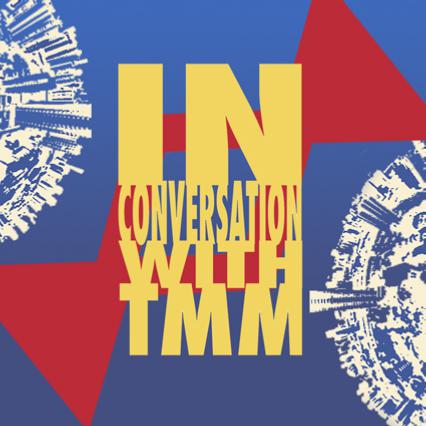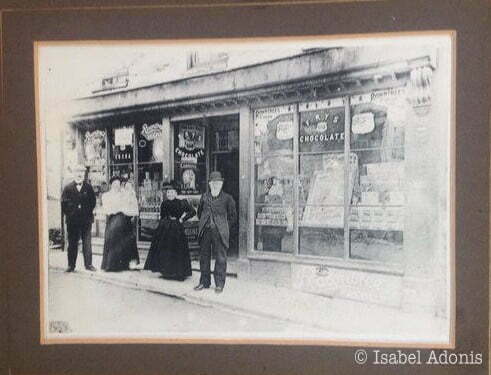Our new interview series: ‘In Conversation With The Mixed Museum’!
New year, new feature!
The new year sees many of us try new things and The Mixed Museum is no different!
This month we launch our In Conversation with The Mixed Museum series. Here, we share our conversations with others who are also exploring Britain’s mixed race history in their work.

While there are increasing numbers of insightful books, newsletters and other outlets discussing contemporary British mixed race experiences, we want to highlight the work of those focusing on experiences from a more historical perspective.
In particular, we'll be talking to those whose work – whether exploring family memories or wider social histories – overlaps with some of the historical narratives we are highlighting in TMM’s collections and special exhibitions.


We are honoured to start our In Conversation With series with artist and writer Isabel Adonis, who talked to us about her fascinating new book And. In this layered, complex and honest memoir, Isabel reflects on the nature of identity, culture and desire as shaped by her childhood impressions of her parents. Isabel's white Welsh mother Catherine, met and married Isabel’s father – Black Guyanese artist Denis Williams – in the 1940s.
Historical narratives

Isabel’s family history highlights the types of immediate pre-Windrush narratives of mixedness in Britain that often get overlooked, particularly outside of the larger English cityscape. Wales, of course, has a long history of migration and racial diversity, which includes mixed race families. Many resided in the multiracial dockside community of Cardiff’s Butetown (formerly known as Tiger Bay) which found itself the focus of a moral panic in the 1920s and 1930s. Ordinary photographs of the community - such as the studio photos taken by Fred Petersen and now held at Glamorgan Archives - strongly challenge the pathologisation of such families in media, academic and local officials' accounts. Tiger Bay and the World and Historic Dock project are doing incredible work preserving these histories.
And we must not forget that earlier mixed race family narratives in Wales can also be found, including ones - just like Isabel’s account – that lie beyond the Welsh cityscape. See, for example, the mining family of Alfie Lawes in the Rhondda valley at the turn of the twentieth century, or the family of John and Margaret Ystumllyn in 18th century Criccieth.
Get in touch!
We hope you enjoy our Conversation with Isabel who we thank for generously agreeing to kickstart our new series, as well as providing a copy of And as a book giveaway prize especially for our newsletter subscribers.
We are aiming to bring you a new In Conversation With feature several times a year – please do get in touch to let us know your thoughts on our new series, as well as to suggest people you would like to see us In Conversation With.
Don't forget to sign up to our newsletter to make sure you don't miss the next Conversation!
